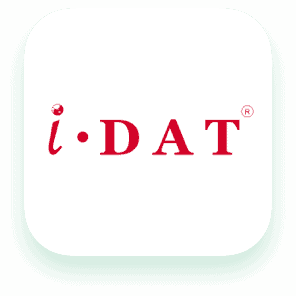International school enrollment leaders are crucial in securing the current and future sustainability of their schools – particularly since most international schools are largely (or entirely) tuition-driven. The rapid growth of international schools in the last two decades has led to the emergence of competition as one of schools’ biggest challenges. Economically speaking, changes in the oil and gas industry in particular have also affected enrollment for many schools. Changing policies regarding company funding of education means that tuition is now an expense that families must factor into their household budgets. Globally, the rise of nationalism, political changes (e.g., Brexit), and the exodus of expatriate families from many countries (e.g., China and the UAE) factor into the equation as well.
Twenty years ago, the admission office was the “hospitality hub” of the school. The modern admission office must be that and more: a research hub, a data hub, a marketing hub. Hiring a successful enrollment leader requires a deep understanding of the broadened range of skills that are needed. Recently, United Nations International School Hanoi created a new position: Director of Enrolment Management and Marketing. This school leader is responsible for “securing $27 million/year in tuition revenue.” Staff management, marketing, forecasting, and predictive modeling are all requisites for the successful candidate. The global search is being run by the director of finance and operations.
To aid school leaders in understanding admission/ enrollment management, The Enrollment Management Association (EMA) and ISC-Research collaborated on a global survey of international school admission operations. The inaugural International School Admission Industry Report, released in 2016, turned a spotlight on trends and challenges facing international schools around the globe. The second iteration delves even deeper into the industry.
EMA and ISC-Research thank the following 2018 survey committee professionals for lending their time and expertise to creating a comprehensive survey instrument:
• Nicholas Kent, EMA Trustee
• Julia Love, International School Kuala Lumpur
• TK Ostrom, Colegio Americano de Guatemala
• Katie Rigney-Zimmerman, Saigon South International School
• David Willows, International School of Brussels
Aimee Gruber, EMA, and Katie Rigney-Zimmerman presented preliminary survey findings at the 2018 EARCOS Leadership Conference. The new report will be available in spring 2019 from EMA and ISC- Research. Here you can find a preview of the key findings.

Key Findings:
Many schools aren’t meeting enrollment goals.
For the 2017-2018 school year, less than two-thirds (60%) of international schools met their enrollment goals, and 35% were still enrolling students after the start of the current school year. Less than half of schools operate at least a small wait list in one or more grades. Schools report increased challenges meeting enrollment goals in upper divisions (56%) than in Kindergarten (20%) or early years (24%), possibly because more options exist for older students in boarding schools and/or with online education.
Schools must pay more attention to attrition.
Although over 50% of schools report an increase in voluntary attrition in the last three to five years, our data indicate that 87% of international schools have no formal plan/committee focused on retention. Factors such as parents relocating for work are unavoidable, but for families, “seeking a more affordable option” is increasingly being linked to attrition. This may be tied to changes in company/ third party policies for paying tuition
Competition dominates the landscape. As in 2015, competition from other international schools is the number one challenge (39%). Following behind were a family’s reluctance to disclose children’s learning needs (27%) and marketing the school effectively (26%). Coming in at 24% each were pressure to meet enrollment numbers, enrolling a diverse student body, and dealing with local economic decline.
Admission is most competitive for applicants in two key areas. Data indicate that admission is more competitive for host country nationals (42%) and applicants with learning needs (31%, up from 22% in 2015).
Word of mouth is critical. The recruitment tool regarded most effective is referrals from current (95%) and previous families (93%), closely followed by school tours (89%).
Admission and enrollment professionals need learning opportunities. Almost all (92%) international school admission decision makers are interested in professional training/development. Data-driven decision making, marketing, communications, strategic leadership, and student assessment are the greatest areas of development interest.
Children with learning needs face a more challenging process. Schools reported that a family’s reluctance to disclose learning needs was their second most important challenge, and applicant competition is up nearly 10% for children in this category.
















 All Services
All Services


